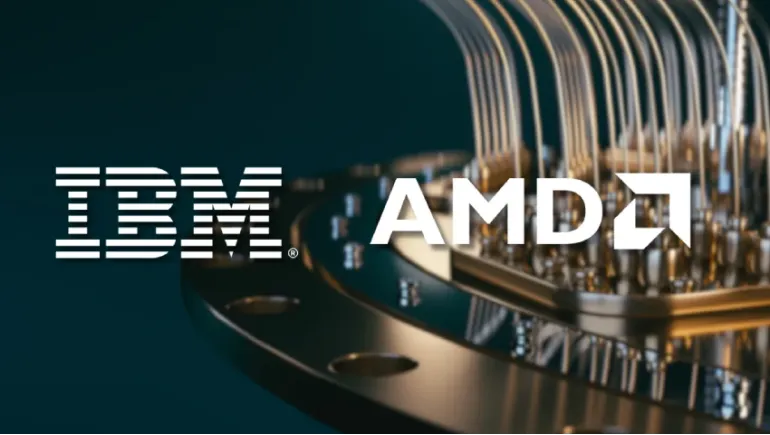
Technology is moving into an era where classical computing alone cannot handle the complexity of modern-day challenges. From climate modeling to artificial intelligence (AI) training, the demand for computing power is rising at an exponential rate. In response, IBM and AMD have teamed up to build quantum-centric supercomputing systems, marking a historic collaboration that could redefine how the world approaches scientific breakthroughs.
This partnership is more than just a corporate handshake—it’s a vision for the future of computing, where quantum technology meets high-performance classical hardware to deliver unmatched speed, accuracy, and efficiency. Let’s break down what this means for industries, researchers, and everyday technology.
Supercomputers have long been the backbone of advanced research. They simulate weather systems, design new medicines, and even aid in the development of AI. But the next frontier is quantum-centric computing, where classical systems (like AMD-powered CPUs and GPUs) work in synergy with IBM’s quantum processors.
Instead of replacing traditional machines, this model integrates quantum capabilities as specialized accelerators. Imagine a supercomputer that uses AMD hardware for large-scale computations and IBM’s quantum systems to tackle problems that classical hardware struggles with—such as cryptography, molecular simulations, and optimization problems.
This quantum-classical hybrid approach has the potential to outperform any standalone system we know today.
IBM has been at the forefront of quantum research for years, introducing quantum processors that continue to scale in power and stability. Their quantum roadmap includes error correction, scalable qubit designs, and advanced algorithms that make quantum computing more practical.
By partnering with AMD, IBM gains a massive edge in integrating its quantum processors with industry-leading CPUs and GPUs, ensuring that quantum-centric systems are not just theoretical concepts but practical solutions for real-world applications.
AMD has become a major force in the supercomputing industry. Its EPYC processors and Instinct GPUs are already powering some of the world’s most powerful supercomputers. With this partnership, AMD will optimize its hardware to connect seamlessly with IBM’s quantum systems, building a foundation for hybrid infrastructures.
For AMD, this is not just about hardware—it’s about reshaping the role of classical computing in the age of quantum. Their expertise in parallel processing, memory architecture, and power efficiency will be critical in making these systems scalable and cost-effective.
The partnership between IBM and AMD isn’t just exciting for tech enthusiasts; it has the potential to impact industries worldwide. Some key areas where quantum-centric supercomputing could be game-changing include:
In short, quantum-centric supercomputers could solve problems that classical systems cannot handle alone.
While the vision is bold, challenges remain. Quantum computing is still in its early stages, and creating a reliable hybrid system requires breakthroughs in software, algorithms, and system design. However, the IBM-AMD partnership signals strong industry confidence in overcoming these barriers.
As IBM continues to refine its quantum processors and AMD expands its dominance in high-performance computing, the synergy between these two giants could accelerate the timeline for practical quantum applications.
The collaboration between IBM and AMD is more than a technological project—it’s a glimpse into the future of innovation. By combining quantum advancements with powerful classical hardware, they are setting the stage for a new generation of supercomputers capable of solving humanity’s most pressing challenges.
The world has entered an era where computing power is not just about speed but about intelligence, adaptability, and collaboration across platforms. As the partnership unfolds, one thing is clear: quantum-centric supercomputing may soon shift from a futuristic dream to a global reality.












Comments
There are no comments for this Article.